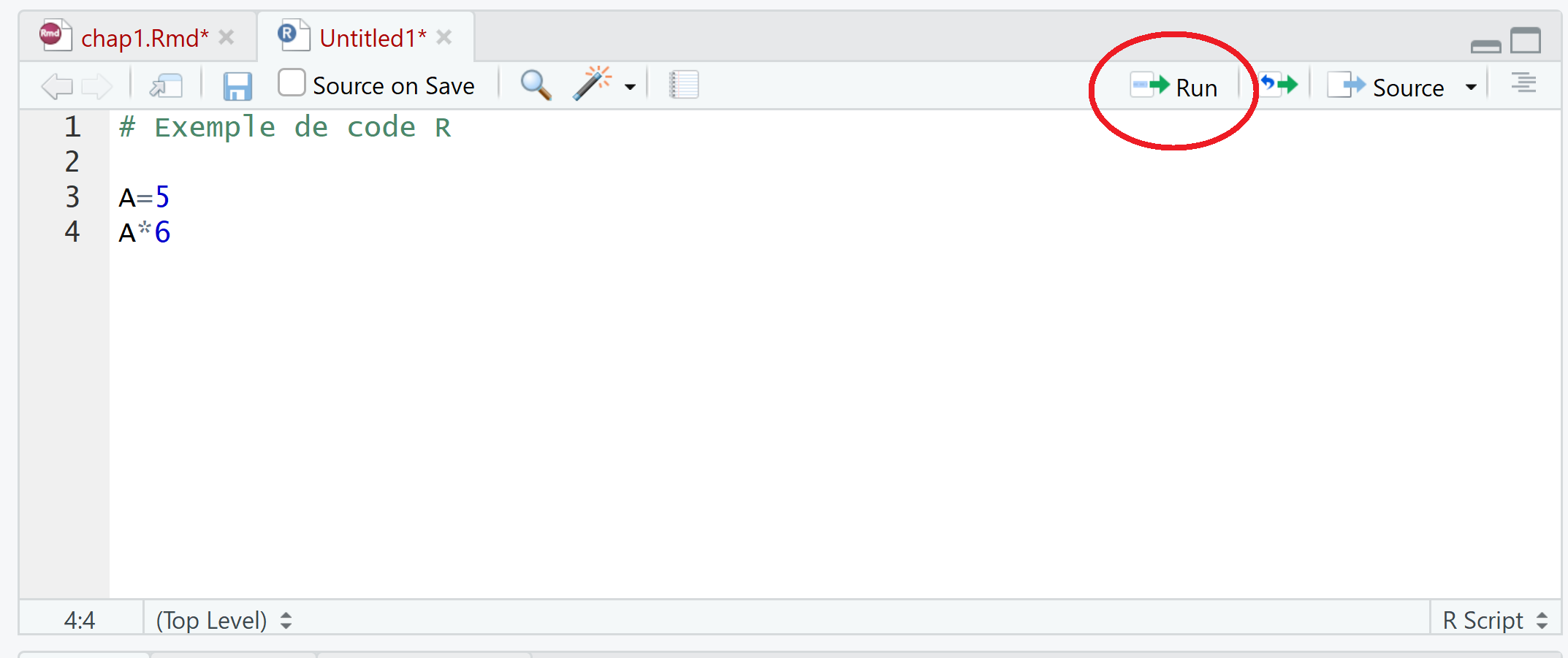


Rather, R was developed for the use of data scientists and statisticians specifically. In contrast to Python, R is not a general programming language. An ordered list of commands comprises a script, which can be run automatically by the R program as well.) (Note: A command is generally used to describe an interactive style of programming, where you enter commands line-by-line in a console. R is the name of both the language for computational tasks as well as the runtime environment that actually reads commands and scripts written in the R language to execute tasks. Print("Hello SAAS!") # Printing in Python # Hello SAAS! print("Hello SAAS!") # Printing in R # "Hello SAAS!" Its syntax (aka specific language structure) is a little different than Python’s, but a lot of it is identical! For example, in both languages, printing a string to the console is done via the same command: Just like Python, R is a programming language. The first thing to notice about R is that it’s open-source - that is, R is free to use and anyone can see how it was made! The free and open nature of R led to the formation of the R community, a constantly-expanding network of individuals who contribute ideas and code to R and all of its packages, free-of-charge. This tutorial is the prerequisite for r1, SAAS’s crash course on R for data science and statistics.īefore we begin installing R, what is R anyway? In this mini-tutorial, you will learn how to install R (a statistical programming language) and RStudio (an integrated development environment (IDE) for R programming).

Introduction to R Part 0: Installing R and RStudio By Arun Ramamurthy


 0 kommentar(er)
0 kommentar(er)
